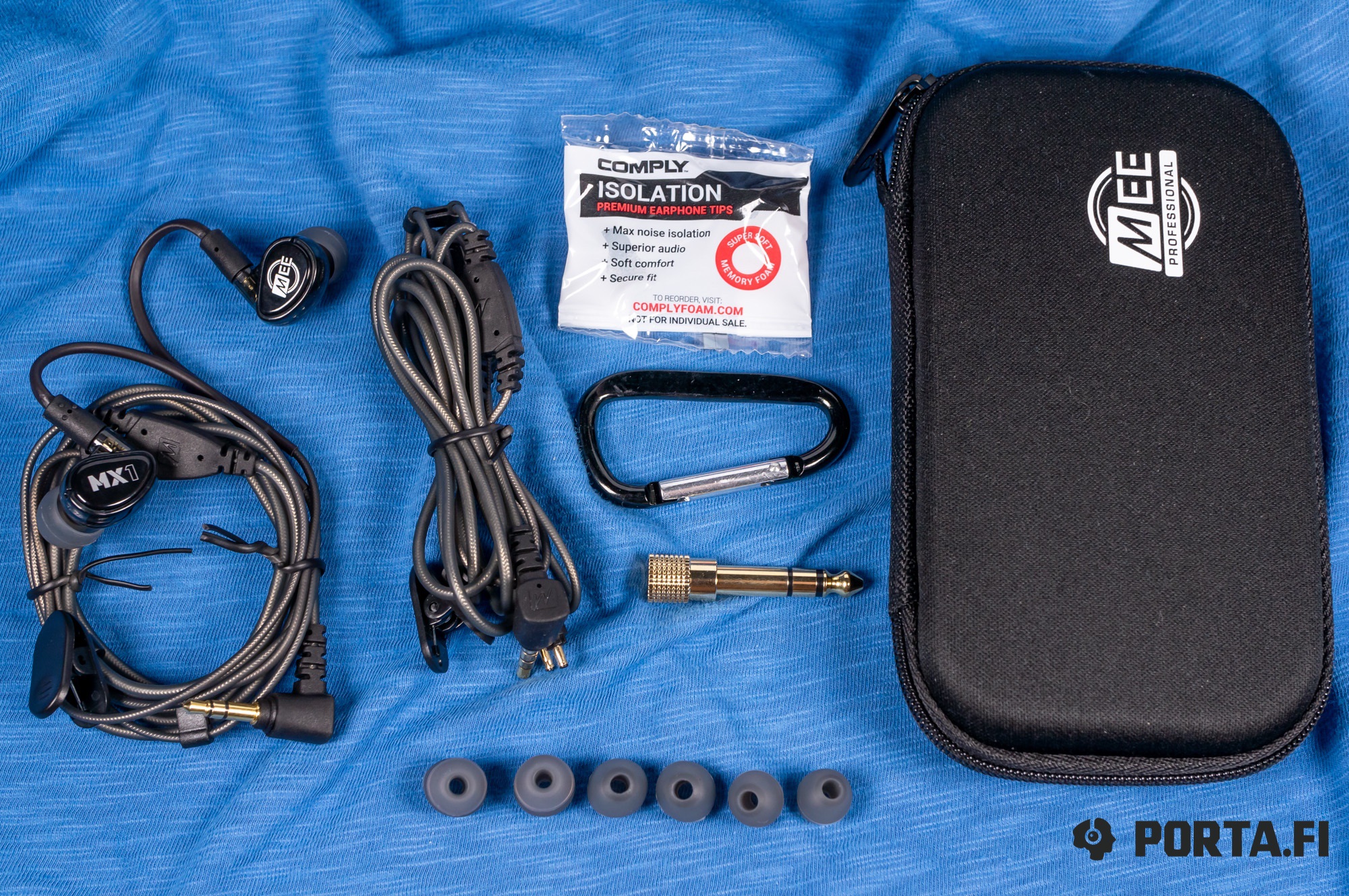
With this technique, you will need to then proceed to click on the SENDS field for each other track and then set your Send levels accordingly. Using the Overview method, hitting the SENDS field on each particular channel will open the SENDS popover for that channel, where you can then set the amount of signal you will be sending to each of the Cue Buses. The first option is to use the OVERVIEW view, selectable from the View Column in the top left corner of the main Console window. Within Console, there are 2 possible views and approaches to achieve this. Now that we have configured their output destinations, we will want to configure what is feeding the various Cue Buses. This is one of the reasons it is recommended to assign your most powerful interface as the Monitor unit (e.g., an Apollo Quad as monitor unit and a Twin as expander will give you 4 Cue Buses, but the reverse arrangement would restrict you to 2 Cue Buses.) The OUTPUT field will be limited to the outputs of the Monitor unit, however, you can still route to the Headphone and Line Out 3/4 of a Twin (or the headphone outputs of any other rack mount Apollo assigned as the expander unit).Īdditional Output options for a multi-unit configuration. In general, Cue Routing is restricted to the Monitor unit in a multi-unit Apollo configuration. When you are using more than one Apollo at the same time in a multi-unit configuration, you have some additional options. Please note that these additional output destination routings will make those particular outputs unavailable for direct access from your DAW software, but you can still route signal to them through the Cue you have just configured.Ĭonfiguring the SOURCE and OUTPUT for your Cue Buses. In the picture we have chosen Line Outputs 1-2 as the output for Cue 3 - this would be useful if you also have an external headphone amplifier that you want to use. Under the OUTPUT column, you can choose an additional output destination apart from the headphone outputs via the OUTPUT menus. On the far right, select which of the headphone outputs you would like to feed from each Cue Bus. Under the SOURCE column, you can choose whether each Cue gets its signal from the main Monitor bus (select “MON”), or if it pulls from its own bus (select “CUE 1” for Cue 1, “CUE 2” for Cue 2, and so on). Within the CUE OUTPUTS popover, we can select both the source and output destination for each of the Cue Buses.

Next, hit the CUE OUTPUTS button on the far-right column of the main mixer window in Console to open the CUE OUTPUTS popover where we can configure the destinations for the various Cues. Go to Console > Settings > Hardware panel and click on the CUE BUS COUNT menu to increase the value up to 4 if desired. However, if you have any of our rack mount Apollos you can increase your Cue Bus count to a maximum of 4 separate Cues. If you own an Apollo Twin, you have a maximum of 2 Cue Buses. The first step for our setup will be to decide how many Cue Mixes you need for your setup. Fortunately, all of this routing is entirely possible using Console 2.0’s flexible routing options. In general, each performer will want a different mix than each other, which will, in turn, be different from the main mix that the engineer is listening to in the control room. The vocalist may want a large amount of reverb on their own track to help get inspired, the bassist may want to hear the kick drum at a high volume to nail their timing, whereas the drummer may be the only artist who wants to hear the click track. Often when recording, engineers need to provide separate headphone mixes to each of the artists involved in the session.
#MIO CONSOLE HEADPHONE FEEDS SOFTWARE#
This article will guide you through the steps required to configure both Console and your DAW software to achieve multiple headphone mixes.
#MIO CONSOLE HEADPHONE FEEDS MANUAL#
Apollo Firewire users should refer to the Apollo Software Manual (Firewire System) for notes on using Console 2 for FireWire to set up Cue Mixes. Note: This article only applies to owners of Thunderbolt & USB Apollos.


 0 kommentar(er)
0 kommentar(er)
